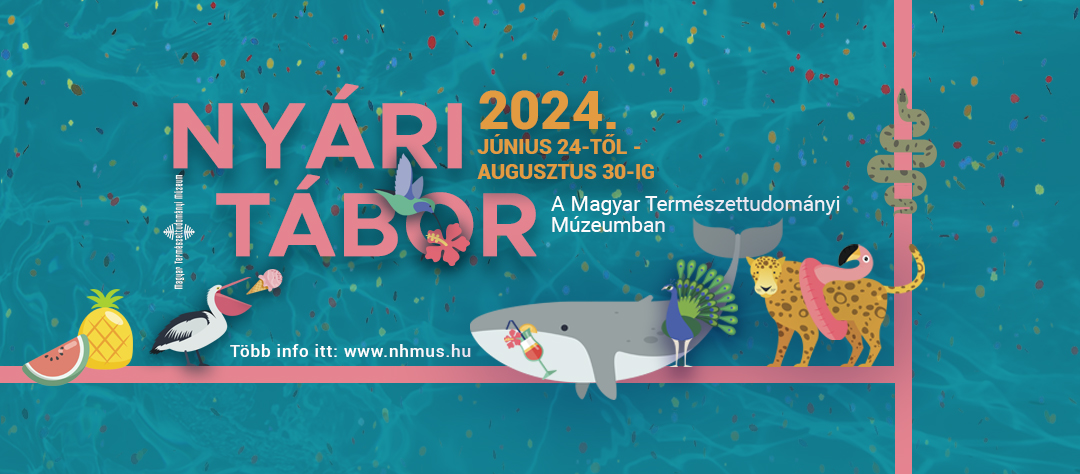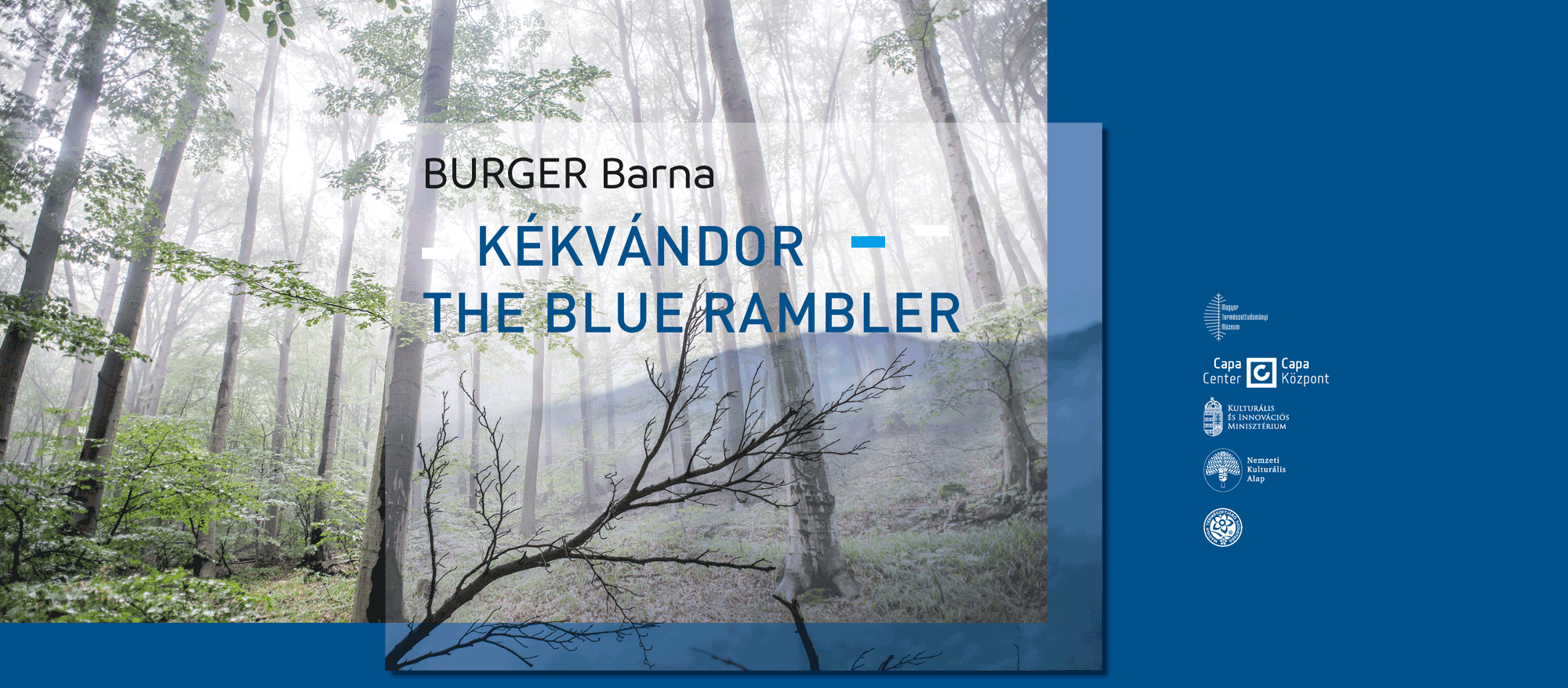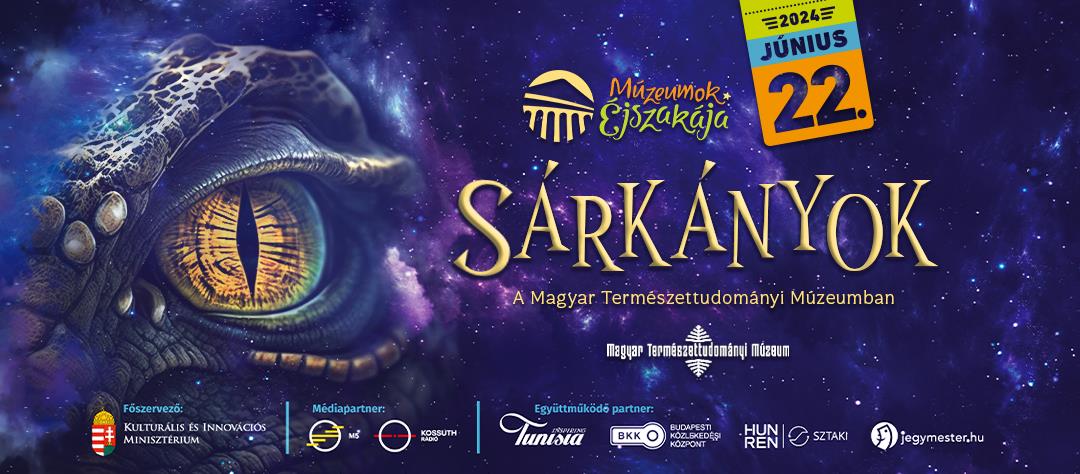It was back in 1979 when rhinoceros remains were found during construction work near the settlement Kávás, Zala Hills, Hungary. According to the inventory records, no paleontological excavations took place at the site at that time, therefore the discoveries are assumed to have been found by accident. The late Miocene fossils have been preserved at the Department of Paleontology and Geology in the Hungarian Natural History Museum.
Luca Pandolfi, PhD student in paleontology at the University of Rome visited our museum within the framework of the Synthesys program (link) in 2014 . He studied Neogene and Quaternary rhinocerotid records at the Department of Palaeontology and Geology. Neither him, nor his host, dr. Mihály Gasparik expected such a great discovery resulting from the comparative studies of rhino fossils.
Morphological and morphometric analysis of the fossils revealed that the remains discovered near Kávás belong to the species Dihoplus megarhinus. This finding was really astonishing because the species was previously known only from Pliocene localities, dating back about 5 million years. The 7–7,5 million year-old record found near Kávás is, therefore, the earliest that has been found in Europe so far. Revision of further fossils of uncertain origin indicates that Dihoplus megarhinus also inhabited certain territories of today’s Western Europe and Asia in the Miocene era.
Theoritically, the Asian origin of Dihoplus megarhinus cannot be rejected, however, Pandolfi’s results suggest that the species rather spread from the area of today’s Eastern-Europe toward Asia and Western-Europe in the late Miocene. The latest remains of the species originate in the late Pliocene. Despite some assumptions, no morphologic evidence support Pleistocene origin of D. megarhinus.
Pandolfi’s results are exceptional not only from scientific point of view but also regarding museology. A non-inventoried skull fragment with unknown attributes turned out to match perfectly to a skull fragment that belonged to the remains discovered near Kávás, proving that they belong to the same rhinoceros individual.
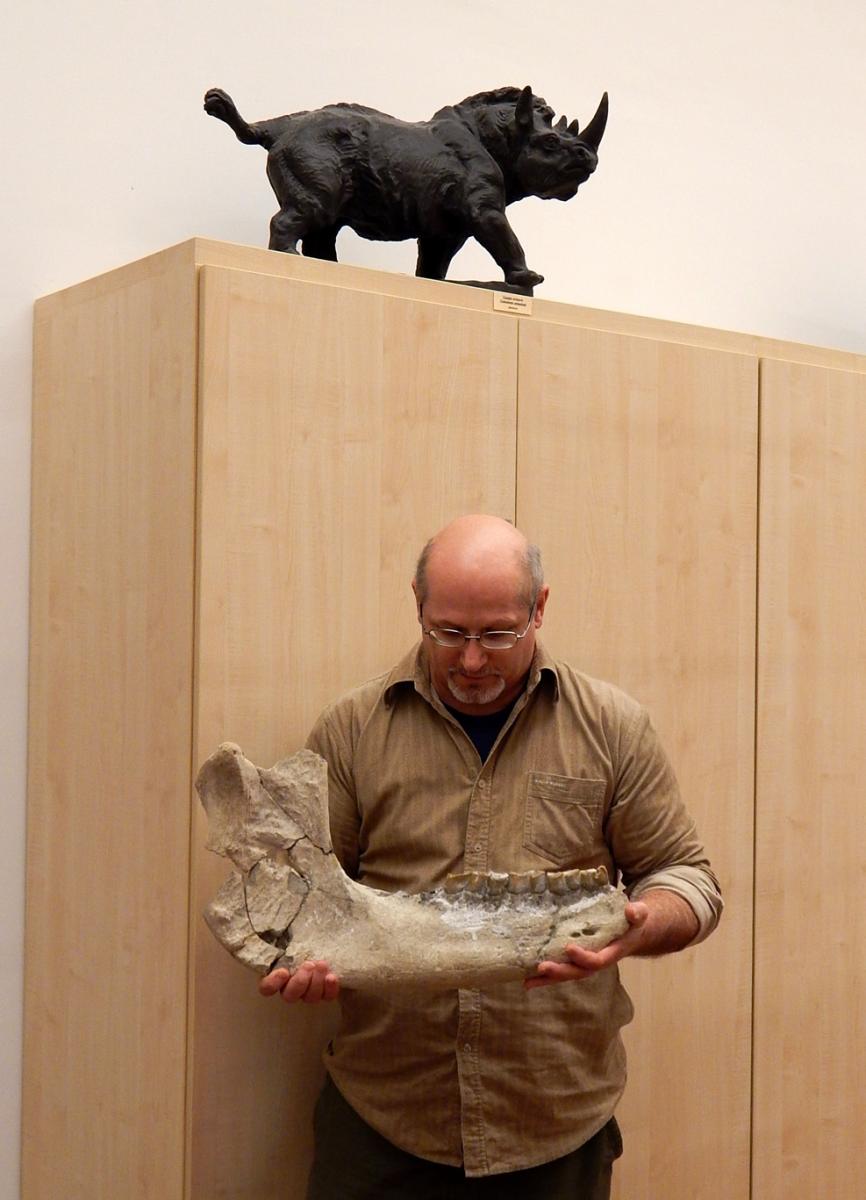
Dr. Mihály Gasparik with mandible pieces fitted together.
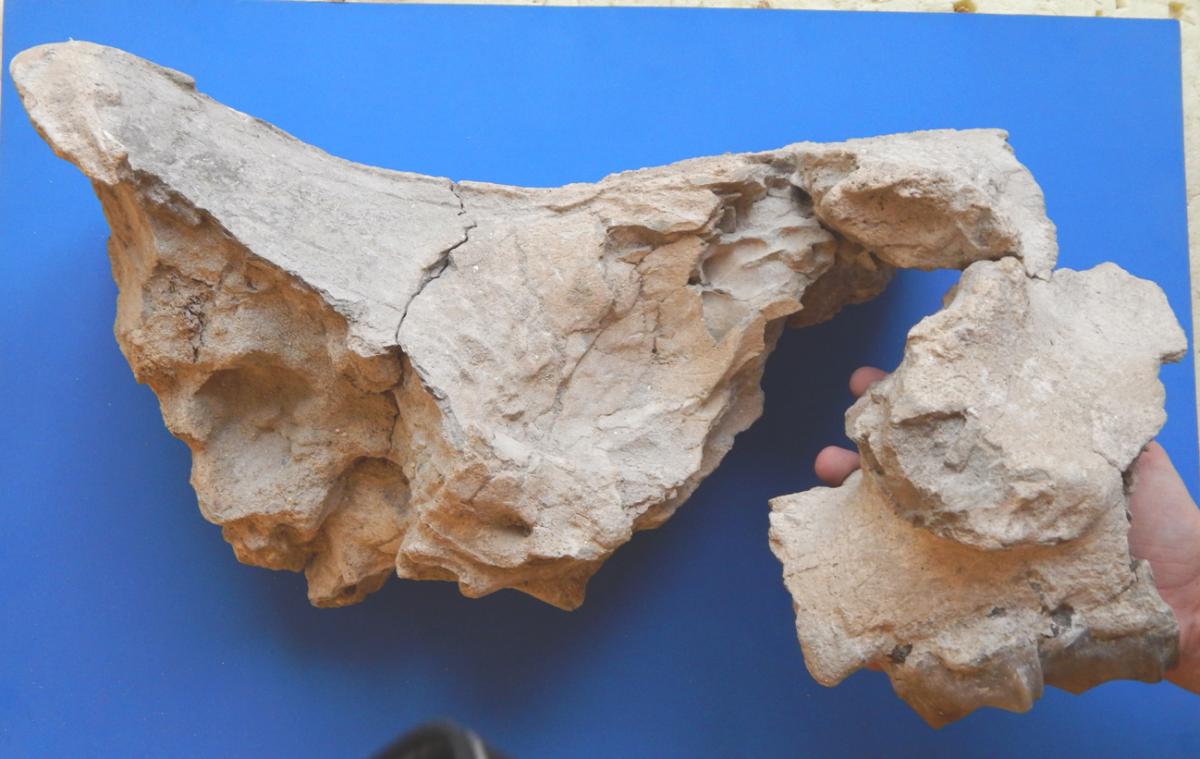
Perfect match

